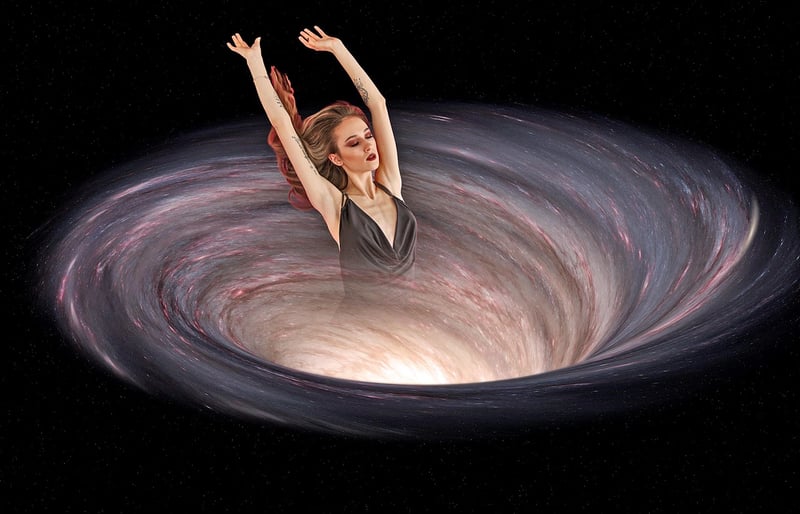Temporal Mechanics
Mechanisms for Time Travel and Temporal Mechanics
Time travel has been a popular subject in science fiction for decades, captivating audiences with its possibilities and complexities. While time travel remains theoretical in reality, various mechanisms have been proposed by scientists and writers to explain how it could potentially work.
Wormholes
One of the most common theories for time travel involves the concept of wormholes. Wormholes are hypothetical tunnels in spacetime that connect two separate points. By traversing through a wormhole, one could theoretically travel through time as well as space.

Time Machines
Another popular idea is the time machine, a device that allows individuals to travel back and forth in time. While the concept of time machines is often associated with science fiction, some theories in physics, such as those involving closed timelike curves, suggest that time travel could be possible under certain conditions.

Parallel Universes
Some theories propose that time travel could be achieved by traveling between parallel universes or timelines. In this scenario, changes made in the past would not alter the current timeline but instead create a new parallel universe with an alternate history.

Temporal Mechanics
Temporal mechanics is the study of the principles and laws that govern time and its manipulation. Understanding temporal mechanics is crucial for exploring the possibilities and consequences of time travel, including paradoxes such as the grandfather paradox and the butterfly effect.
While time travel remains a fascinating concept, it is important to remember that it currently exists only in the realm of speculation and imagination. The exploration of time travel and temporal mechanics not only expands our understanding of the universe but also challenges us to contemplate the nature of time itself.
